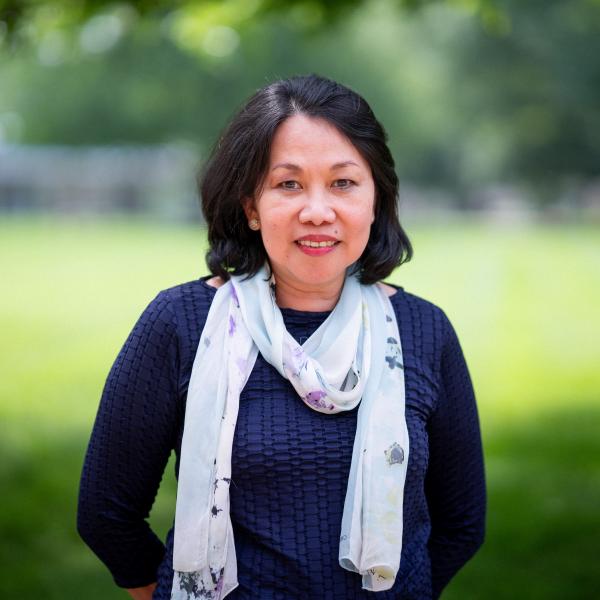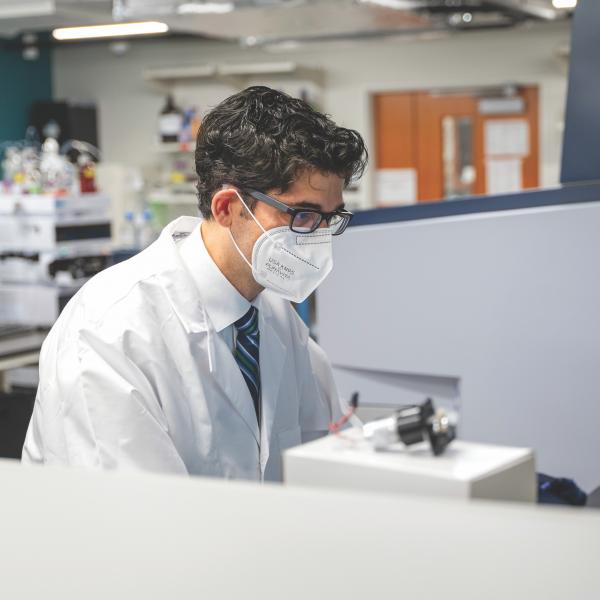Please join the Department of Chemistry's Diversity, Equity, and Inclusion Committee in celebrating Black History Month by remembering some great African American scientists who made contributions to the field of chemistry.
Alice Ball
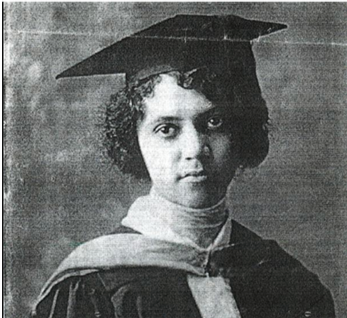
Alice Ball was an African American chemist who became known for developing the most effective treatment for leprosy during the 20th century, better known as the “Ball Method.” She was the first black chemistry professor at the University of Hawaii, as well as the first woman to earn a chemistry degree at that university. While working under the direction of Dr. Harry Hollmann, Ball was able to isolate the active oil present in chaulmoogra, a plant that had been used with some success to treat leprosy. This accomplishment allowed the oil to become injectable and absorbable by the body, providing the first standard treatment for this disease up until the 1940s. Unfortunately, Ball died at the young age of 24, possibly of accidental chlorine poisoning in the laboratory.
For a more detailed history of this incredible scientist, and how another scientist tried to take credit for her work, we encourage you to visit the following websites:
Samuel P. Massie
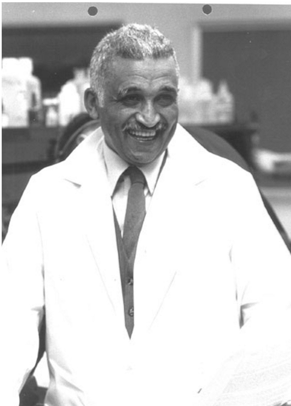
Samuel P. Massie worked on the Manhattan Project, converting uranium isotopes into liquid for use in a bomb, and was the first African American to teach at the United States Naval Academy. Before joining the Manhattan Project, Massie began his doctoral work at Iowa State University, but he wasn't allowed to live in the same dormitories or use the same laboratories as white students. Even through these adversities, Massie obtained his PhD in organic chemistry. After being appointed by President Lyndon Johnson in 1966 as a professor at the US Naval Academy in Annapolis, Maryland, Massie was appointed the chair of the Chemistry Department in 1977. While at the naval academy, he worked on anti-bacterial agents and infectious diseases such as malaria, herpes, and meningitis. In 1982, he patented an antibiotic for the treatment of gonorrhea.
For a more detailed history on Dr. Samuel Massie, check:
Percy L. Julian
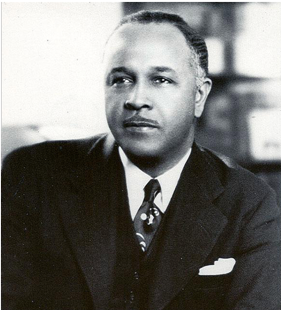
Percy L. Julian is best known as a pioneer in the chemical synthesis of medicinal drugs such as cortisone, steroids, and birth control pills. He was the first scientist to synthesize the natural product physostigmine, which became a treatment of glaucoma. Although he was not allowed to attend high school, he obtained his PhD at the University of Vienna after being highly discriminated against by many universities in the United States. He continued his successful career in the biomedical field by discovering how to extract sterols from soybeans, and by synthesizing progesterone and testosterone from plant sterol. In 1973, Julian became the first black chemist elected to the National Academy of Sciences.
To learn more about this extremely influential scientist, please visit:
These are only a few of the many African American scientists that have made major contributions to our field. If you are interested in learning more about the contributions other black scientists have made in STEM, we encourage you to check the following websites:
- Five black chemists who made a difference
- Six black chemists you should know about
- Black chemists and chemical engineers
For more ways to get involved with DEI efforts across campus, please visit WashU's Diversity & Inclusion events page. Also consider participating in this year's Day of Dialogue & Action.


